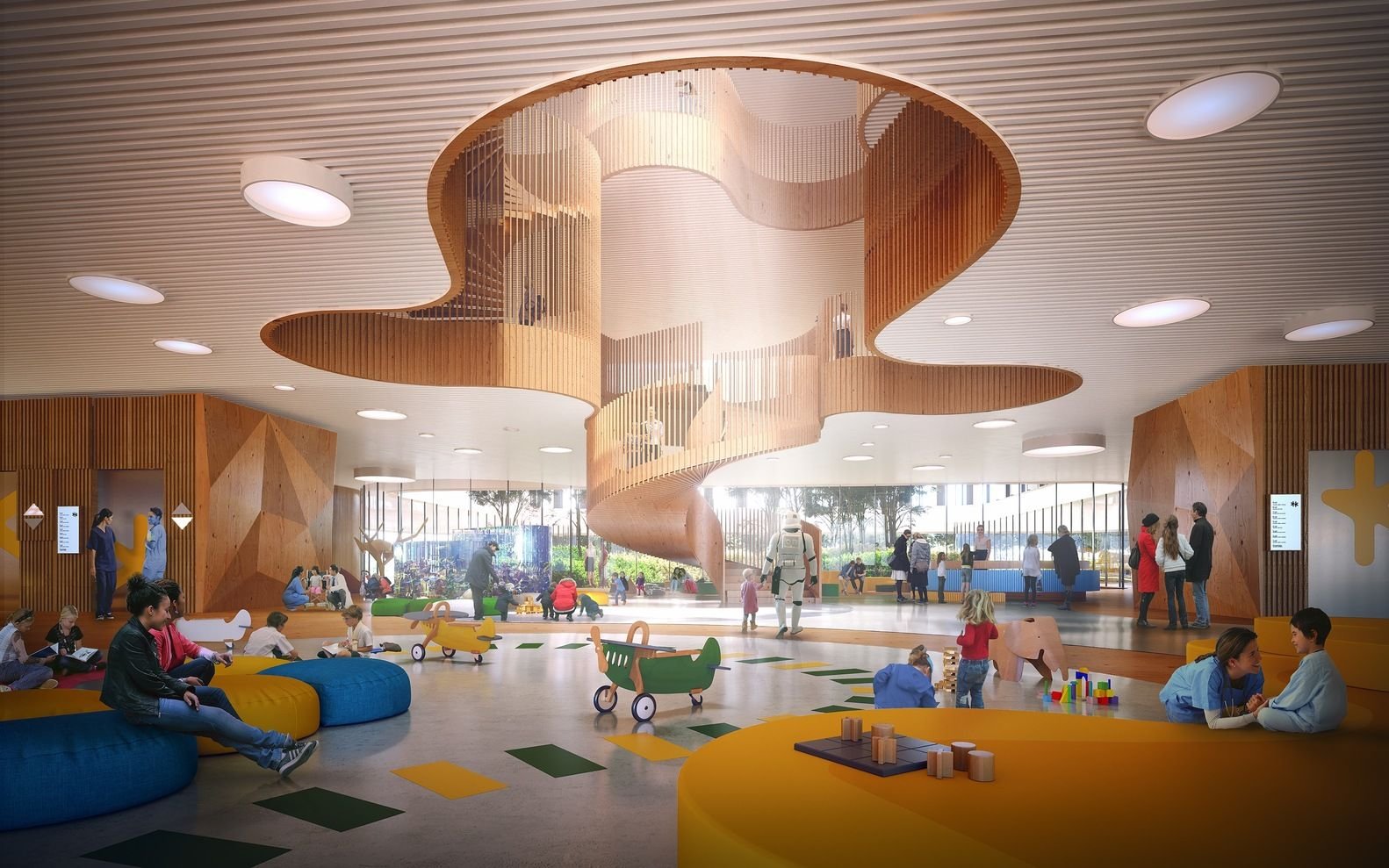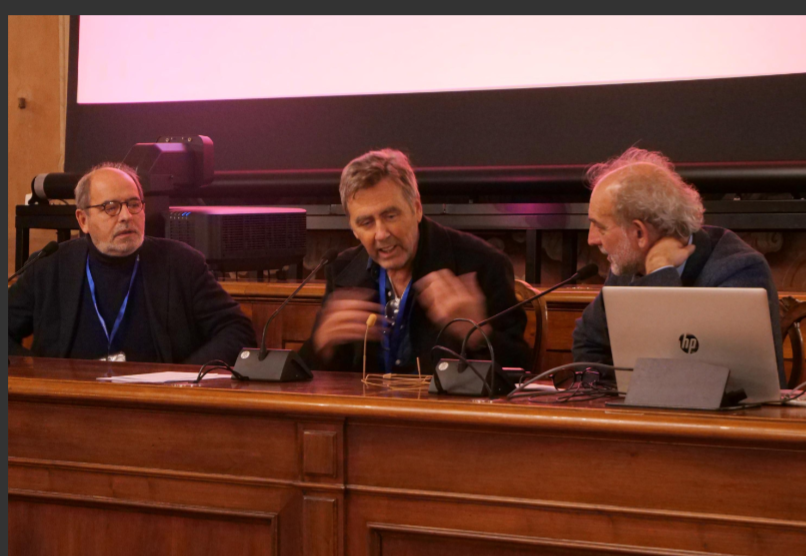
RESOURCES
Resources and how to help
This page is aimed at providing resources and guidelines to get involved, for a diverse range of built environmental stakeholders. We have taken this multiple perspective to try to offer tools, guidance and insights that are as effective and comprehensive as possible, regardless of your role within the built environment.
This page is a living entity, constantly evolving and being updated to ensure relevance and effectiveness.
If you notice something missing or would like to contribute to expanding these resources, please get in touch using the email at the footer of the page.
-

University Educators
Through university programs, educators can weave together both peer-reviewed research and the wide body of literature that lies at the crossroads of architecture, design, and the human sciences. By integrating these interdisciplinary insights into the core curriculum, they can inspire students to explore innovative approaches that enhance human well-being and experience, pushing the boundaries of traditional fields of study to create spaces that truly resonate with the needs and aspirations of people today.
-

Middle & High School Educators
For high school educators, there is a powerful opportunity to spark awareness and consciousness among students about way buildings shape our lives. By introducing discussions and projects that explore the relationship between architecture and daily experiences, educators can encourage students to critically question and understand the spaces they inhabit. This approach not only cultivates an awareness of the built environment's effects on our well-being and social interactions but also empowers students to envision and advocate for spaces that better serve human needs and environmental sustainability.
-

Public Policy Makers
For public policymakers, the challenge and opportunity lie in becoming catalysts for change by assembling multifunctional teams dedicated to reimagining the built environment. By forging strong collaborations between policymakers and space/place makers, they can drive impactful policies that prioritize the well-being and quality of life for citizens. This collaborative approach ensures that every policy crafted and implemented not only reflects a deep understanding of architectural and urban design principles but also actively contributes to creating spaces that are sustainable, inclusive, and conducive to enhancing the daily experiences of the community.
-

Architects and Designers
For architects and designers, the imperative is to elevate the importance of bodily and human awareness in the design process, adopting a truly humane perspective that transcends mere functionality. This approach involves a deep consideration of beauty, community, and joy - elements essential to the human spirit. By integrating these dimensions into building designs, architects and designers can create spaces that not only serve practical needs but also nourish the soul and elevate the human experience.
-

Real Estate Industries
For the real estate industry, the call to action is to embrace responsible development practices that prioritize not just shareholder profit but also the creation of social value and the promotion of equality. This approach recognizes the industry's pivotal role in shaping the cities that form the backdrop of our lives, urging developers to consider the broader impact of their projects on community well-being and environmental sustainability. By adopting strategies that balance economic goals with social responsibilities, the real estate industry can contribute to building more inclusive, vibrant, and equitable urban landscapes that reflect the true needs and aspirations of all citizens, thereby ensuring that the cities of tomorrow are built on the foundations of fairness and shared prosperity.
-

Citizens
To every citizen, remember: even if you don't own a building or decide its purpose, you're deeply influenced by the city's architecture and the spaces you move through every day. Our goal is to empower you with the knowledge, vocabulary, and insights needed to take ownership of your city. You have the right and the ability to advocate for a living environment that prioritizes people over profit. Armed with understanding and a voice to speak out, you can help steer the development of our urban landscapes towards ones that celebrate community, inclusivity, and the human experience. This is about taking back control and ensuring our cities evolve in ways that truly reflect and accommodate the needs and aspirations of all its residents.
-

General Resources
This page offers a curated collection of resources, including books, videos, and podcasts, all centered around the pivotal role of design in shaping our world.
-

Scientific Resources
This page offers an introductory overview of key scientific discoveries, insights and ideas that highlight how buildings influence human experiences and well-being.
-

Supporting Organisations
We are part of a broader community committed to elevating design awareness. The resources provided below offer insights into other organizations actively engaged in this field, working alongside us to enhance the consciousness of design and architecture.

